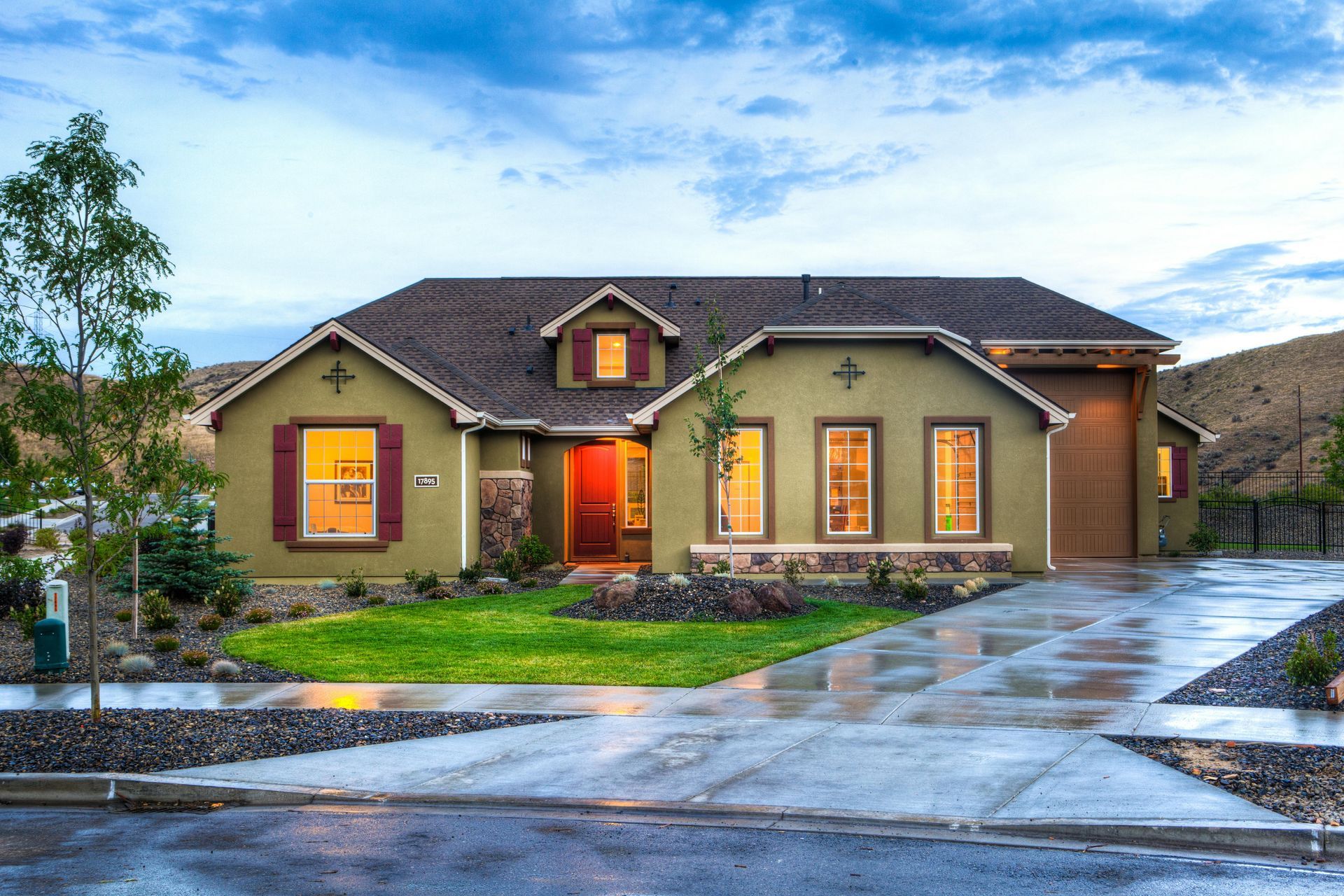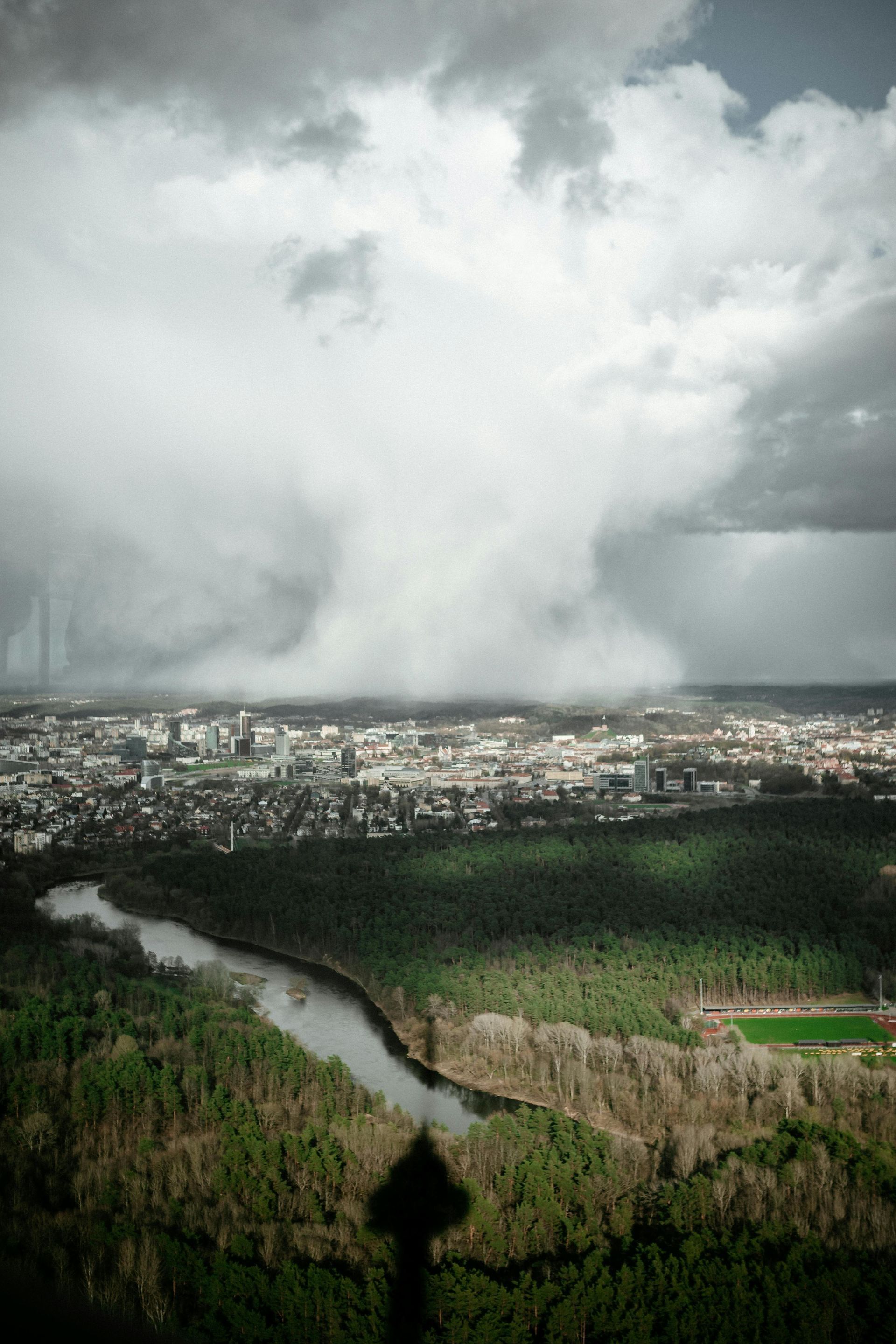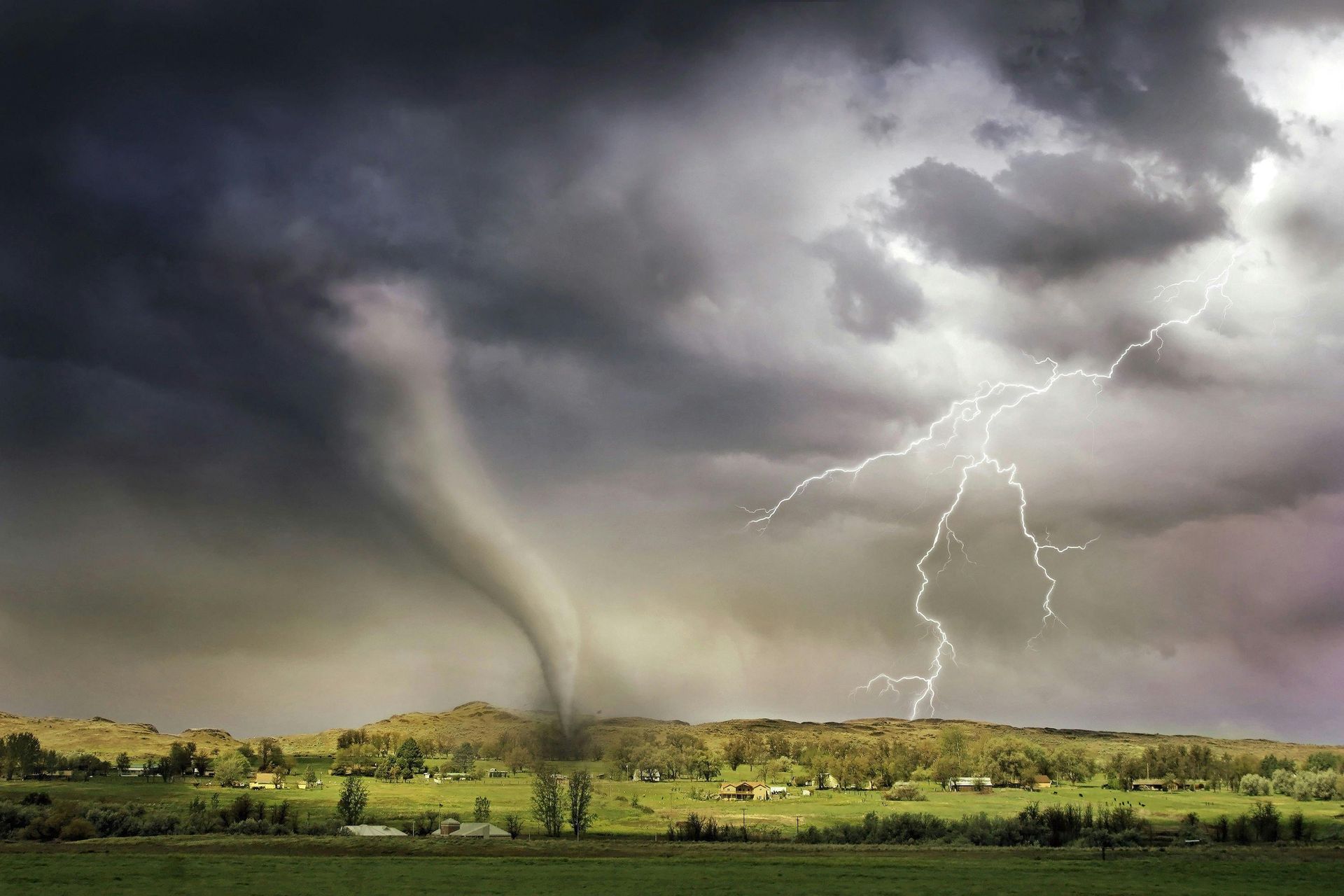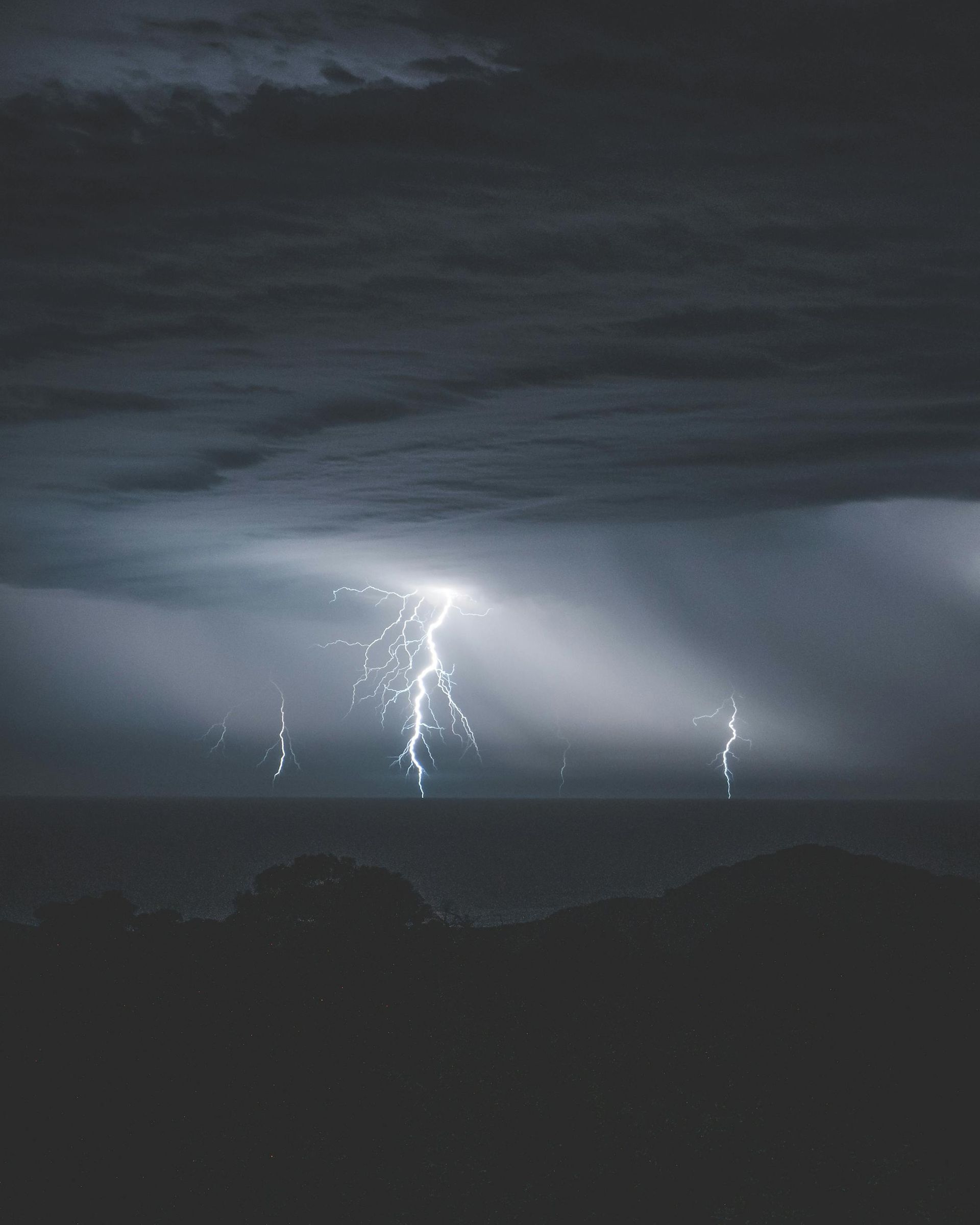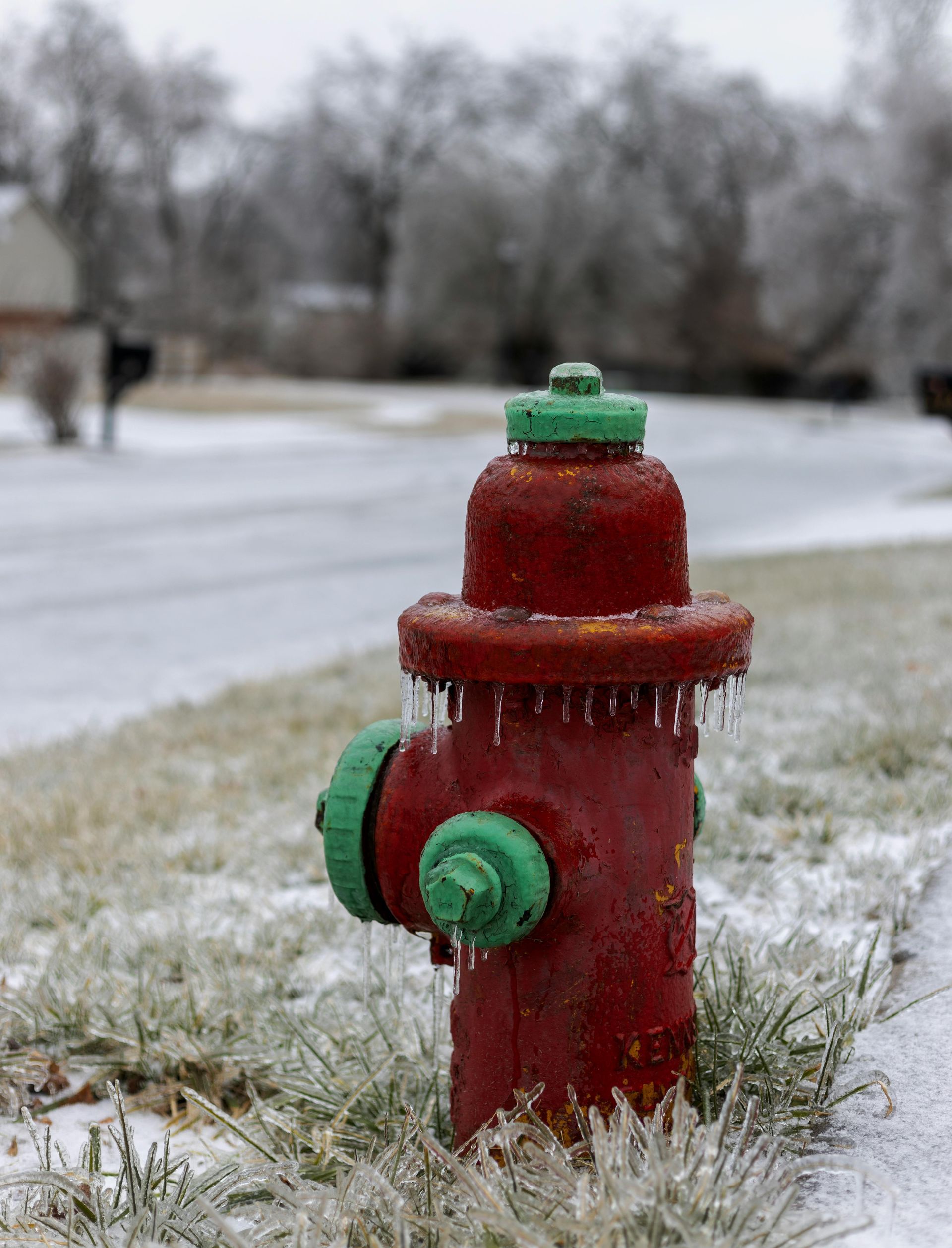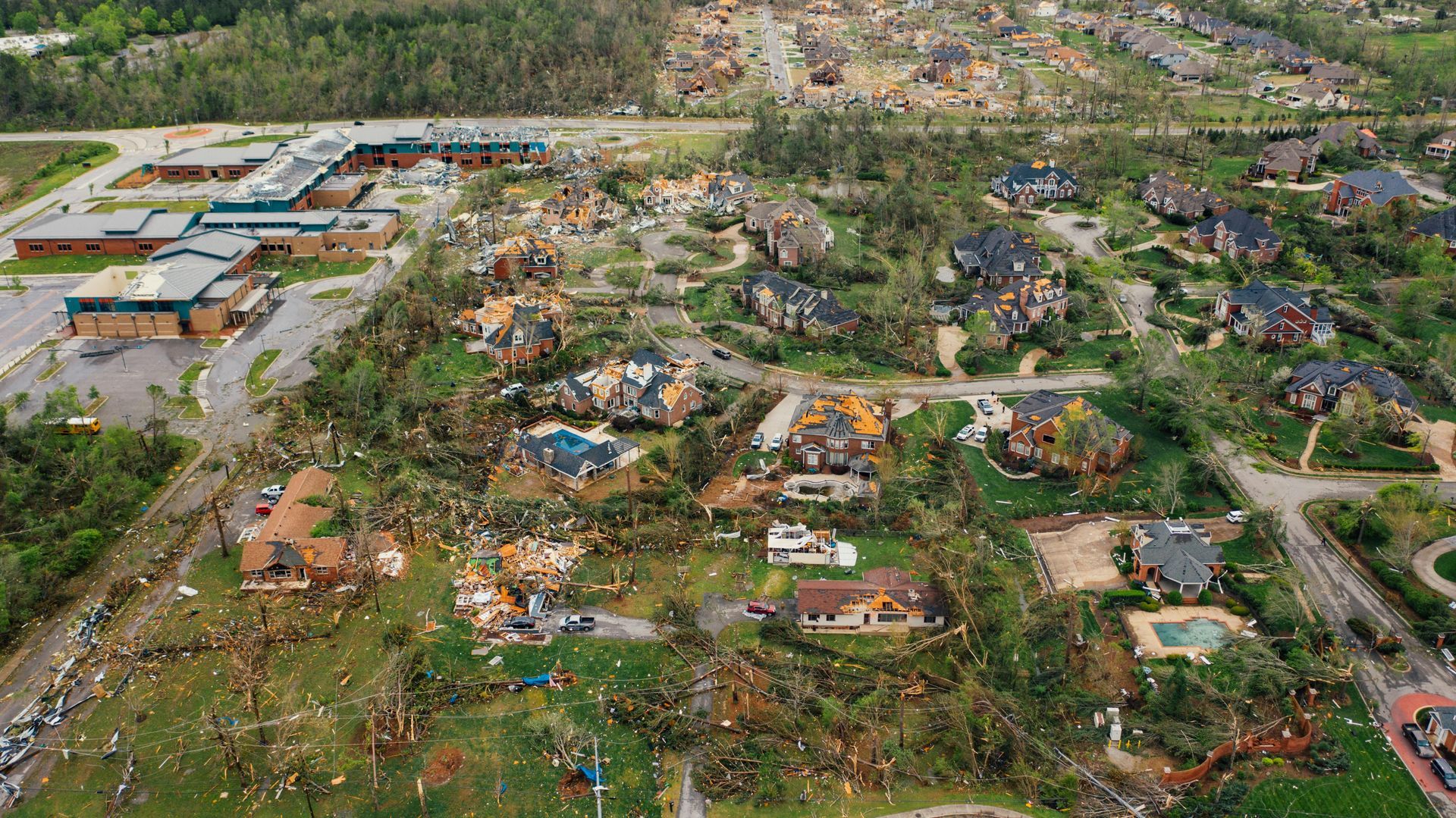June Brings the Start of Hurricane Season - Here's How to Step Into Summer Without Fear
June carries with it a sense of optimism. The school year wraps up. Families head outside. Businesses settle into summer routines. The days stretch longer, the temperatures climb higher, and for a brief moment, the world feels full of promise.
But for millions of people across the Southeast and the Gulf Coast, June also signals the beginning of something far more sobering: the start of hurricane season.
And while the skies might still be blue, and the breezes still warm, we know from experience at Disaster South that this month marks a quiet turning point—a shift from casual awareness to critical preparedness.
Because when the first named storm appears on the news, the clock starts ticking. And how you respond—not just in the moment, but in advance—can mean the difference between resilience and regret.
June Doesn’t Always Look Like an Emergency—But It Often Becomes One
One of the most deceptive things about June storms is how unthreatening they often appear at first. Tropical systems in early summer tend to start small—clusters of storms offshore, low-pressure systems churning near the Gulf. For a day or two, they may remain harmless, just rain and wind off the coast. But when conditions are right—and in June, they often are—these systems can intensify with startling speed.
We’ve seen tropical storms turn into hurricanes in a matter of hours. We’ve seen “minor” systems dump record-breaking rainfall across counties. We’ve seen homes that were dry in the morning take on three feet of water by dinner.
That’s why June is not the time to relax. It’s the time to take inventory. To strengthen what’s vulnerable. To update your plan. Because while early-season storms may not always make national headlines, they change lives every year—especially for those who waited too long to act.
What We See Every Year—And Why It Matters
At Disaster South, June is when the phone starts ringing—not always with emergencies, but with the kinds of questions that matter most:
“How can I check if my roof is storm-ready?”
“What should I do if the power goes out for more than a day?”
“My basement flooded last year—how can I prevent it again?”
“Can someone come out and look at our siding before the next big rain?”
These aren’t dramatic calls. They’re smart ones. They’re made by people who understand that preparation is an act of self-respect—a decision to value what you’ve built and the people you love enough to protect them, even before the threat is visible.
But we also hear from people who didn’t know who to call. Who thought they had more time. Who assumed insurance would cover more than it did. And for them, June becomes something else entirely—a lesson, a loss, a scramble for solutions in the wake of something they weren’t ready for.
We don’t meet those calls with judgment. Only compassion. Because we’ve been there in those first hours, walking through water-damaged hallways, inspecting collapsed ceilings, gently navigating the trauma that follows when someone realizes their home isn’t safe, or their business is shut down indefinitely.
And we know that the difference between chaos and control is almost always tied to timing.
The Psychological Weight of a “Season”
Unlike a single event—a fire, a broken pipe, a windstorm—hurricane season doesn’t start and end in one night. It unfolds over months. And the mental strain that comes with that kind of sustained uncertainty is real.
It’s the strain of constantly checking weather alerts. Of feeling anxious every time the wind picks up. Of trying to decide whether to evacuate, whether to board up, whether to wait one more hour before making a call.
It’s the strain of trying to be strong for your family, your team, your neighbors—even when you’re unsure yourself.
And the longer the season drags on, the more exhausting it becomes.
June is the start of that emotional cycle. And for many people, the psychological toll is already building before the first storm ever hits.
That’s why we emphasize something so many others overlook: emotional preparedness.
Because fear thrives in confusion. But confidence grows in clarity. And when you have a clear plan—when you know who to call, what to do, and what to expect—you don’t just protect your property. You protect your peace of mind.
What June Asks of All of Us
June doesn’t bring a storm to every doorstep. But it asks all of us to make a choice:
Will we lead ourselves and our families through this season with purpose—or will we wait and hope we’re spared?
It asks homeowners: When was the last time you walked your property? Do you know where your shutoff valves are? Is your generator in working condition?
It asks business owners: Do your employees know what to do in an emergency? Are your documents backed up? Is your insurance coverage clear and updated?
It asks community leaders: Are your residents informed? Are evacuation routes clear? Are vulnerable neighbors accounted for?
And it asks us—at Disaster South—to be ready for all of it.
What Disaster South Does Before the Storm Hits
While many companies respond only after the damage is done, our work starts well before the winds begin to blow. We help property owners:
Assess risk with thorough visual inspections.
Identify vulnerabilities in roofing, windows, siding, and foundation.
Review drainage and flood protection systems.
Prepare emergency plans and supply checklists.
Document their property with photos and notes to speed up insurance claims later.
We don’t charge extra for clarity. We believe it’s part of our mission. Because we’re not just in the business of cleaning up—we’re in the business of building trust before the storm ever comes.
And when the storm does arrive—when the phone rings in the middle of the night, when the water’s already rising, when the wind has already done its damage—we’re ready.
Our crews mobilize quickly. Our communication is immediate. Our work is deliberate, not rushed. And our care doesn’t stop when the last piece of drywall is installed. It continues until you feel whole again.
What Recovery Looks Like—And Why It Starts Now
People often think recovery begins when the storm ends. But that’s not quite true.
Recovery begins now, with the decisions you make in the calm. It begins with saving our number in your phone. With walking your property and asking, “What’s not ready yet?” With choosing peace over procrastination.
Because when a real storm hits—when roads are flooded, power is out, and resources are scarce—you won’t want to wonder who to trust.
You’ll want a team that already knows your name, already understands your needs, and already has a plan in place.
That’s what we offer.
